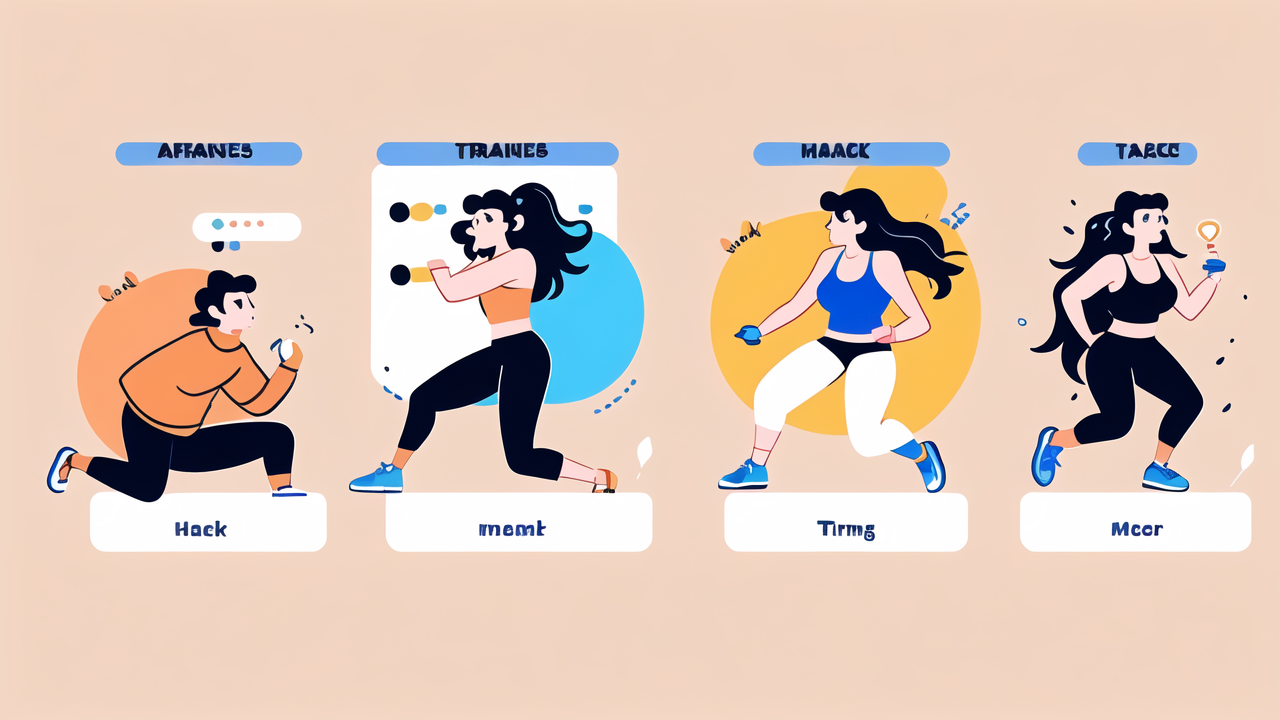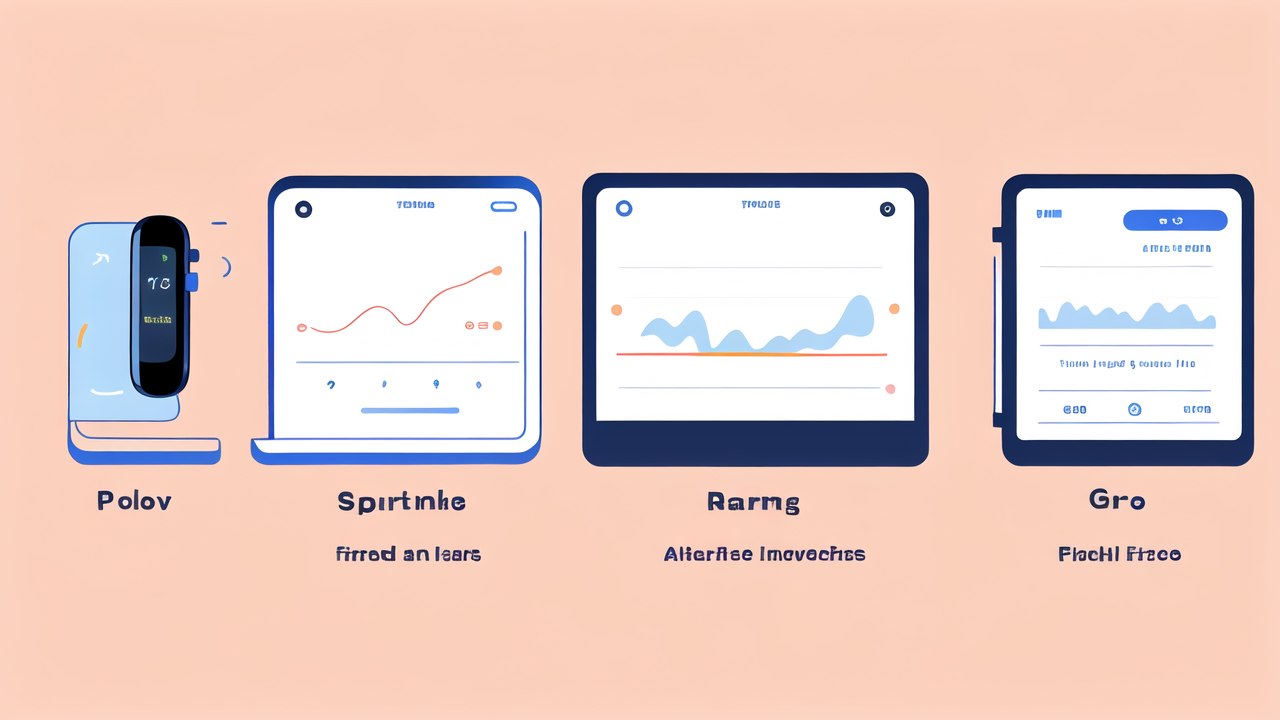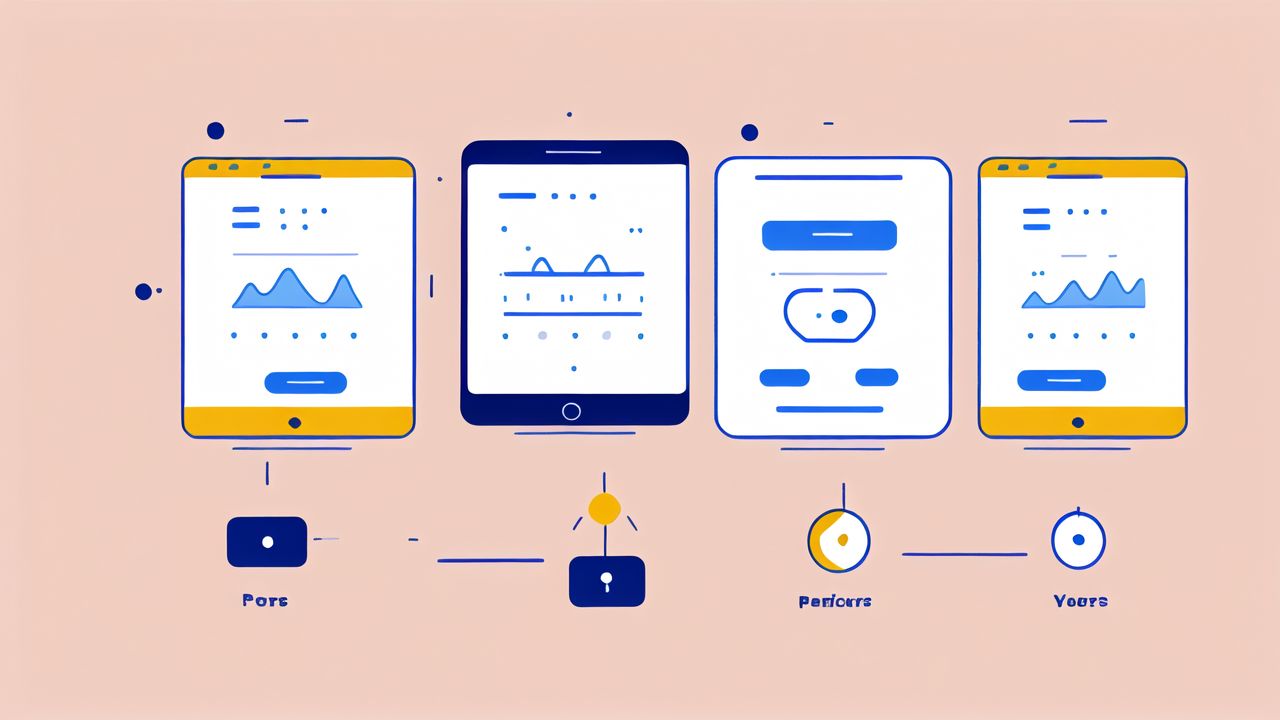The Rise of Fitness Trackers in the United States
Understanding the Adoption Rates
Fitness trackers have seen a surge in popularity across the US. More people are embracing these devices to monitor their health and activity levels. The adoption rate has grown steadily over the past decade. This trend is driven by increased health awareness and technological advancements. Many Americans now view fitness trackers as essential tools for maintaining a healthy lifestyle. The devices appeal to a wide range of users, from casual exercisers to serious athletes. As prices have decreased, fitness trackers have become more accessible to a broader audience. This has further fueled their adoption across various age groups and demographics.

Key Players in the Fitness Tracker Market
Several companies dominate the fitness tracker market in the US. Fitbit, Apple, and Garmin are among the top brands. Each offers unique features and designs to cater to different user needs. Fitbit pioneered the market with its simple, user-friendly devices. Apple entered later but quickly gained ground with its Apple Watch. Garmin focuses on more advanced features for serious athletes and outdoor enthusiasts. Other players like Samsung, Xiaomi, and Huawei are also making their mark. Competition among these brands has led to rapid innovation and improved products. This has benefited consumers, who now have a wide range of options to choose from.
The Evolution of Fitness Tracker Technology
Fitness tracker technology has come a long way since its inception. Early models were basic step counters with simple displays. Today's devices offer a wealth of features and sophisticated sensors. Modern trackers can monitor heart rate, sleep patterns, and even blood oxygen levels. GPS tracking has become standard in many models, appealing to runners and cyclists. Waterproof designs allow for swim tracking, expanding the devices' versatility. Battery life has improved significantly, with some trackers lasting weeks on a single charge. The integration with smartphones has enhanced the user experience and data analysis capabilities. As technology continues to advance, we can expect even more innovative features in future models.
Impact of Fitness Trackers on Personal Health and Wellness
Analyzing the Effects on Individual Fitness Goals
Fitness trackers have revolutionized how people approach their health goals. These devices provide real-time data on physical activity, motivating users to move more. Many users report increased awareness of their daily habits and activity levels. This awareness often leads to positive changes in behavior and lifestyle choices. Trackers help set and monitor progress towards specific fitness goals. Users can easily track metrics like steps taken, calories burned, and distance covered. This data-driven approach makes it easier to stay accountable and measure improvements over time. Some trackers offer personalized workout suggestions based on user data. This feature acts like a virtual personal trainer, guiding users towards their fitness objectives.

The Role of Fitness Trackers in Preventative Healthcare
Fitness trackers are playing an increasingly important role in preventative healthcare. These devices can detect early signs of potential health issues. For example, irregular heart rhythms or changes in sleep patterns. This early detection can prompt users to seek medical advice before problems escalate. Many healthcare providers now encourage patients to share their fitness tracker data. This information can provide valuable insights into a patient's overall health and lifestyle. Some insurance companies offer incentives for using fitness trackers to promote healthier habits. This approach aims to reduce healthcare costs by preventing chronic diseases. As the technology improves, fitness trackers may become even more integral to preventative care.
How Fitness Trackers Influence User Behavior
Fitness trackers have a significant impact on user behavior and daily habits. The constant feedback and goal-setting features motivate users to be more active. Many people report taking more stairs, walking further, or exercising more regularly. The social aspects of fitness tracking apps encourage friendly competition and support. Users can share achievements, participate in challenges, and connect with friends. This social element adds fun and accountability to fitness routines. Some trackers remind users to move if they've been inactive for too long. This feature combats the negative effects of prolonged sitting, common in many workplaces. By gamifying fitness, trackers make the pursuit of health goals more engaging and rewarding.
The Future of Fitness Tracking: Trends and Predictions
Innovations in Fitness Tracker Design and Features
The future of fitness trackers promises exciting innovations in design and functionality. We can expect to see more integration of trackers into everyday items like jewelry and clothing. This will make wearing trackers more seamless and stylish. Advanced sensors may allow for more comprehensive health monitoring. Features like continuous glucose monitoring or hydration tracking could become standard. Improved battery technology will likely extend the time between charges. This will enhance user experience and reduce the need for frequent charging. We may also see more specialized trackers for specific sports or health conditions. As technology advances, the line between fitness trackers and medical devices may blur.

Potential Growth and Market Expansion
The fitness tracker market is poised for continued growth and expansion. As health consciousness rises, more people are likely to adopt these devices. Emerging markets in developing countries present significant growth opportunities. The aging population in many countries may drive demand for health monitoring features. We might see more partnerships between tracker brands and healthcare providers. This could lead to trackers being prescribed as part of treatment plans. The integration of fitness trackers with smart home systems is another potential area for growth. This could create a more holistic approach to health and wellness management.
The Integration of AI and Machine Learning in Fitness Tracking
Artificial Intelligence and Machine Learning are set to revolutionize fitness tracking. These technologies will enable more personalized and accurate health insights. AI could analyze patterns in user data to predict potential health issues before they occur. Machine learning algorithms could provide more tailored workout and recovery recommendations. We may see trackers that can automatically detect and classify different types of physical activities. This would improve the accuracy of activity tracking without user input. AI could also enhance the social aspects of fitness tracking apps. It might suggest compatible workout partners or create personalized challenges. As these technologies evolve, fitness trackers will become even more powerful tools for health management.




Leave a comment
This site is protected by hCaptcha and the hCaptcha Privacy Policy and Terms of Service apply.